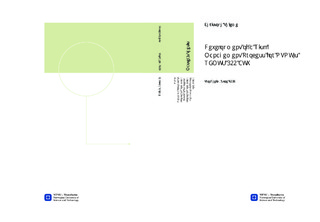Development of a Risk Management Process for NTNU's REMUS 100 AUV
Master thesis
Permanent lenke
http://hdl.handle.net/11250/239188Utgivelsesdato
2014Metadata
Vis full innførselSamlinger
- Institutt for marin teknikk [3432]
Sammendrag
Autonomous underwater vehicles (AUV) are highly complex electromechanical systems which act in a hazardous, unstructured environment. The AUR Lab of NTNU operates one REMUS 100 AUV and several other unmanned underwater vehicles in Norway s fjords. In order to minimize the risk, inherent to these operations, a risk management system should be developed.This thesis summarizes the findings during development. The risk management process and the framework document are based on ISO 31000 (2009). In the course of the development, an exemplary risk assessment was carried out. The aim of the risk assessment was to assess the risk of loss of the AUV and unplanned mission abort. The assessment described is one of the first to use human risk analysis in connection with reliability analysis of AUV. Besides human reliability assessment, fault tree analysis, event tree analysis and expert estimation were the main methods used to assess the risk.The results of the risk assessment were unsatisfying. The risk found seems to be overestimated this can be accounted to some of the methods used, the low experience with these methods and the low experience in general with AUV operation. The methods applied seem to be suitable in most cases but some require modifications for future use. Despite the low confidence in the data obtained, the recommendations made, are assumed to be helpful to improve operation. The main recommendations are improved or newly written procedures for maintenance, planning of missions and fault recognition and solving.The risk management framework still has to be reviewed by the heads of the AUR Lab. Thus it will be subject to changes and improvements. Nonetheless it is assumed that the risk management framework presented here is a good starting point to introduce a successful risk management system in the AUR Lab.
